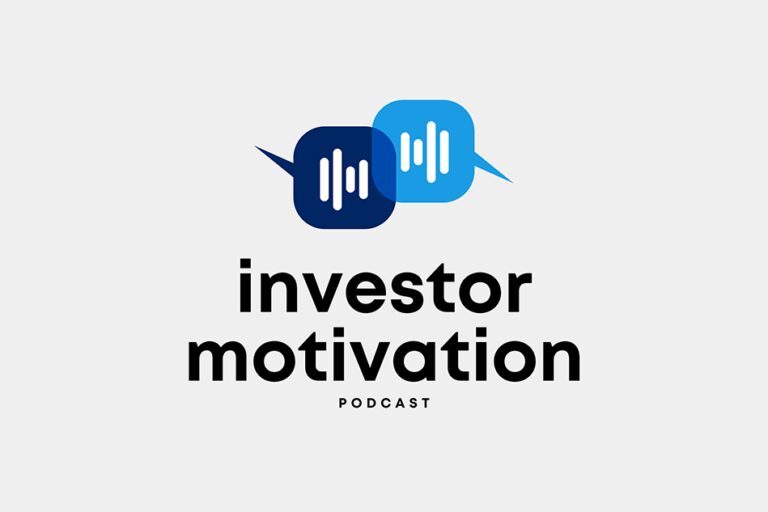Is a SMSF right for you?
In this episode, Rob and Amy break down the essentials of Self Managed Superannuation Funds (SMSFs) and explore whether they are still a viable option for managing your super. They’ll…

In this episode, Rob and Amy break down the essentials of Self Managed Superannuation Funds (SMSFs) and explore whether they are still a viable option for managing your super. They’ll…

In this episode, we dive into the smart steps to take when you receive a lump sum of money, whether it’s from a farm or business sale, an inheritance, or…

In this episode, join financial advisers Rob & Amy as they delve into essential strategies to maximise your End of Financial Year (EOFY). Learn how to achieve significant tax wins…

Discover the keys to retiring comfortably as an individual with $650,000 in superannuation and savings. We delve into everything from setting spending limits to optimising your tax arrangements, and explore…

Today we discuss the pressing issue of housing affordability for younger generations that are looking to purchase their first home. With skyrocketing prices and cost of living pressures, the dream…

Join us as we discuss the intricacies (and benefits!) of age gaps between partners in retirement. From financial advantages to lifestyle choices, discover how an age disparity influences pension and social…

The dream of retiring young is one that captivates many peoples’ imaginations. The freedom to live life on your own terms, doing what you want, when you want is undeniably…


Australia’s annual inflation rate has taken an unexpected step up, increasing pressure on the Reserve Bank to push interest rates higher and once again raising the prospect that Australia will…















End of content
End of content